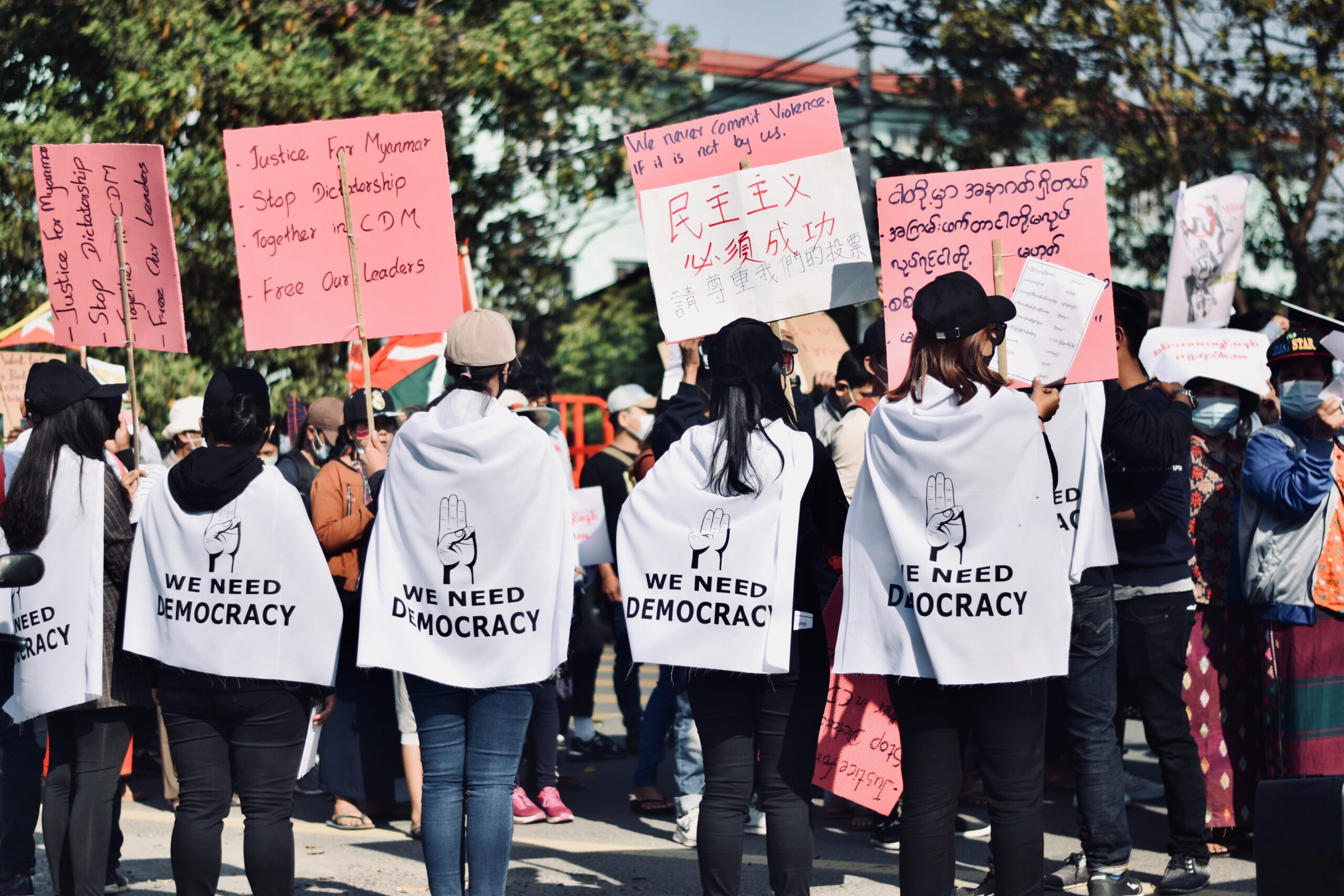EarthRights School students have recently returned from their six weeks of field research and the Mitharsuu Center for Leadership and Justice is once again echoing with the laughter of energizer games and activities. Their research ranged from urban land rights abuse to how national parks impact indigenous groups, mining, hydropower, and other forms of destructive development. For many students, it was their first time conducting fact-finding research and interviewing survivors of human rights violations.
The EarthRights School is an eight-month-long civil society strengthening program that incorporates experiential education pedagogy through regular field visits to communities affected by earth rights abuses. The student cohort’s diverse linguistic, educational, and career backgrounds make for an environment that supports regional understanding and collaboration. Since the students started their training in May, their confidence, leadership skills, and ability to advocate for their communities have grown immensely. They are eager to put lessons they learned from fieldwork and their deeper understandings of the rights of their communities to use, fighting back against earth rights abuses.
EarthRights School students braved monsoon season flooding, impassable roads, and obstinate local officials to reach the communities where they carried out their research. In order to debrief and share lessons learned, the students have spent their first week back at the Mitharsuu Center reflecting on their fieldwork experience through creative writing and poetry.
The following poem was written by a student from Myanmar, whose research was focused on the social and environmental impacts of a Chinese banana plantation. It describes a visit to her home village, near the town of Hpakant.
“I have many rolling mountains,
But the mountains are full of pain,
I am rich with jade and gold,
But these riches are not for my people,
Many people depend on me,
But no one is there to protect me,
My environment once full of teak trees,
Now looks like a barren moonscape,
I cry amongst the people and environment’s suffering,
I am Hpakant.”
-EarthRights School student from Kachin State, Myanmar
Debriefing the challenges associated with conducting field research was an emotional, yet restorative session. Stories ranged from the trauma of urban land rights abuse victims in Phnom Penh who bear the physical scars of their resistance, to the solidarity built from having to push broken-down motorbikes through monsoon season mud. The time spent reflecting highlighted students’ shared experiences and gave their classmates an appreciation for their unique stories of resilience and for why they are so motivated to defend their communities.
As a teacher at ERI, my job is to design and deliver the lessons and resources that can help our students work with their communities to hold governments and corporations accountable. With my work being focused on the classroom, however, it is the students who are at the frontlines of this fight for human rights and environmental justice. These dedicated students struggle for freedom, human rights, and democracy. These courageous students too often stand alone when their communities are confronted with inept legal systems, reckless corporations, and oppressive governments.
EarthRights School students make so many sacrifices to defend their communities and environments. It is truly heroic. Each day I leave the classroom in awe of their sacrifices and with newfound regional knowledge that only a group as diverse as this student cohort could provide.
World Teachers’ Day focuses on appreciating the educators of the world, yet I find myself being grateful and feeling uniquely privileged to work with such a great group of earth rights defenders – a group that will no doubt continue to be a force to be reckoned with.






